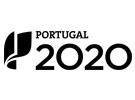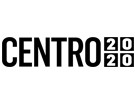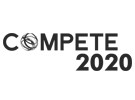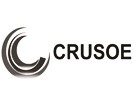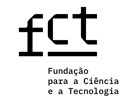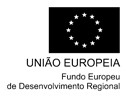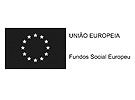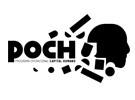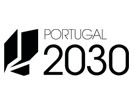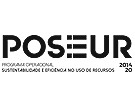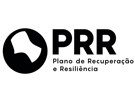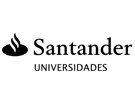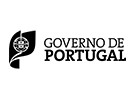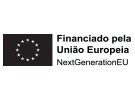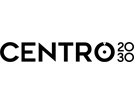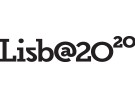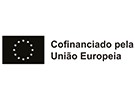



Publication in the Diário da República: Despacho n.º 11283/2020 de 16/11/2020
6 ECTS; 2º Ano, 1º Semestre, 11,0 T + 45,0 TP , Cód. 654315.
Lecturer
- João Ricardo Mendes de Freitas Pereira (1)(2)
(1) Docente Responsável
(2) Docente que lecciona
Prerequisites
N/A
Objectives
By the end of the course, students should be able to apply techniques for enhancing and enriching graphic animations; insert and modify moving image content; conduct case studies and seek visual motion solutions.
Program
Motion Graphics:
1. Audiovisual graphics: Analysis of examples
2. Introduction to After Effects software
3. Layer properties; Keyframes
Creation and Manipulation of Graphic Animations:
1. Motion control
2. Trim Paths
3. Text; Animators
4. Parenting
5. Nested compositions; Pre-composition
Video Manipulation:
1. Masks; Rotoscoping
3D Content:
1. 3D space: Camera, light, and shadow
2. 2D tracking
3. 3D tracking
Evaluation Methodology
Continuous assessment:
Test I (theoretical-practical): 50%
Test II (theoretical-practical): 50%
Assessment by Examination:
Exam (theoretical-practical): 100%
Student approval according to Articles 11.11 and 11.12 of IPT Academic Regulations.
Bibliography
- Brinkman, R. (2008). The Art and Science of Digital Compositing. USA: Elsevier
- Dinur, E. (2017). Visual Effects. USA: Focal Press
- Taylor, A. (2006). Creative After Effects. UK: Focal Press
- White, T. (2009). How to make animated films. UK: Focal Press
Teaching Method
Expository theoretical-practical classes in which fundamental concepts are described.
Practical classes focused on solving practical cases and applying concepts to real-world scenarios.
Software used in class
Adobe After Effects, Adobe Photoshop
